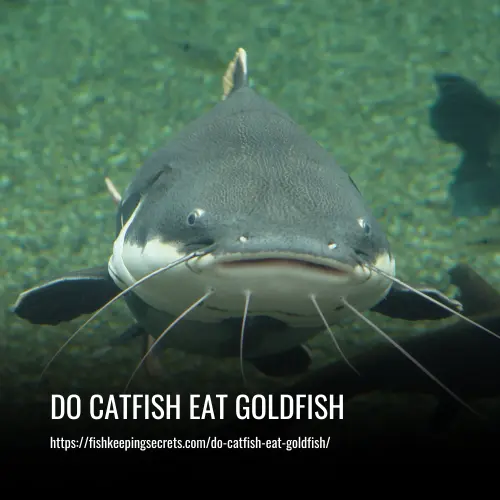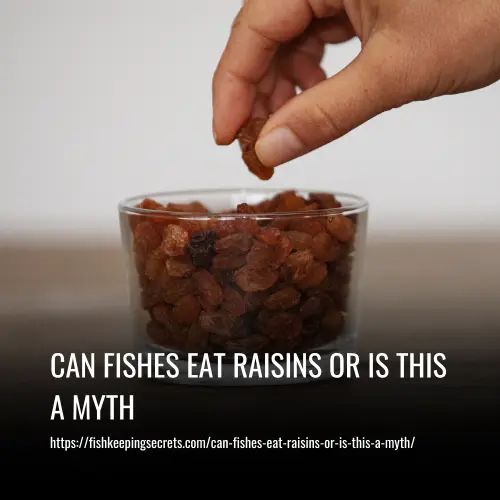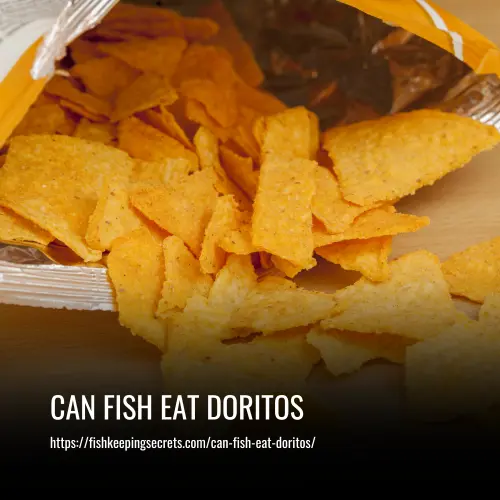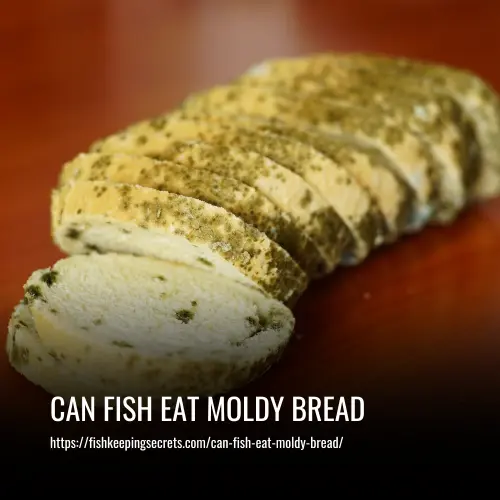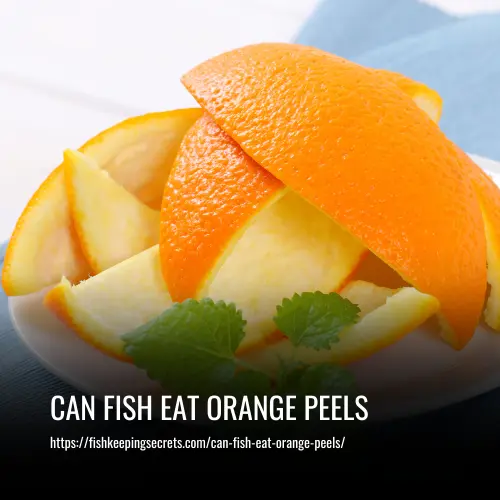Can Glofish Eat Betta Food?
This post contains affiliate links. As an Amazon Associate, we earn from qualifying purchases.
No, Glofish and bettas have different dietary needs. Glofish are typically omnivorous and need a balanced diet of both plant and animal matter, while bettas are primarily carnivorous and require a diet rich in protein. It is best to feed them specific foods formulated for their species.
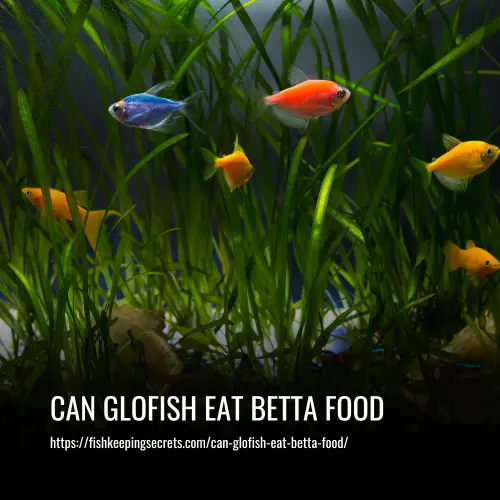
What is Betta Food?
Betta food is specially formulated food designed for betta fish. It typically comes in the form of pellets or flakes and is made with ingredients that meet the nutritional needs of bettas. It usually contains a balance of proteins, vitamins, and minerals to support the health and growth of betta fish. Some betta foods also contain color-enhancing ingredients to help enhance the vibrant colors of bettas.
Dietary Requirements of GloFish
GloFish have the same dietary requirements as regular tropical fish. They should be fed a balanced diet that includes both dry and live or frozen foods. It is recommended to feed them a high-quality commercial fish food specifically formulated for tropical fish.
Additionally, they can be given live or frozen foods such as bloodworms, brine shrimp, or daphnia as occasional treats. It is important to not overfeed them and to provide a varied diet to ensure they receive all the necessary nutrients.
Benefits of Feeding GloFish Betta Food
Feeding GloFish Betta Food has several benefits:
- Enhanced color: This specialized food includes color-enhancing ingredients that can help intensify and brighten the colors of your GloFish betta fish.
- Complete nutrition: The food is formulated to provide a balanced diet for your betta fish, containing all the essential nutrients they need to stay healthy and thrive.
- Easy digestion: The food is designed to be easily digestible, promoting better nutrient absorption and reducing the risk of digestive issues in your betta fish.
- Optimal growth and development: With the right balance of proteins, fats, vitamins, and minerals, GloFish Betta Food supports proper growth and development in your fish.
- Tailored for bettas: The food is specifically formulated to meet the unique dietary requirements of betta fish, providing them with the nutrients they need for optimal health and well-being.
Types of Betta Foods to Feed GloFish
There are several types of foods that you can feed your GloFish Betta. Here are some options:
- Betta Pellets: These are specifically formulated for bettas and provide them with all the necessary nutrients. Look for pellets that are high in protein and contain ingredients like fish meal, shrimp meal, and wheat flour.
- Freeze-Dried or Frozen Foods: These can include bloodworms, brine shrimp, daphnia, and other small invertebrates. These foods are rich in protein and can be a great supplement to a betta’s diet.
- Live Foods: Betta fish enjoy hunting live foods, such as brine shrimp, daphnia, and blackworms. You can find these foods at your local fish store or even try cultivating them at home.
- Betta Flakes: Flakes are another option for feeding your GloFish Betta. Look for high-quality flakes that are specifically formulated for bettas and contain a good mix of proteins, vitamins, and minerals.
Remember to feed your GloFish Betta small portions multiple times a day, rather than one large feeding. This will help prevent overeating and maintain good water quality in the aquarium.
Signs of an Unhealthy GloFish Diet
Some signs of an unhealthy GloFish diet include:
- Poor growth or stunted growth: If your GloFish are not growing or seem smaller than expected, it may be a sign that they are not getting the proper nutrition from their diet.
- Faded or dull colors: GloFish are known for their vibrant colors, so if their colors appear faded or dull, it could be a sign that their diet is lacking in essential nutrients.
- Lethargy or lack of activity: If your GloFish are not as active or seem sluggish, it could be a sign of an unhealthy diet.
- Fin damage or fin rot: Poor nutrition can weaken a fish’s immune system, making them more susceptible to fin rot and other diseases. If you notice fin damage or deterioration, it may be a sign of an unhealthy diet.
- Digestive issues: Diarrhea, constipation, or other digestive problems can indicate that a fish’s diet is not providing the right balance of nutrients.
If you notice any of these signs, it is important to reassess your GloFish’s diet and make any necessary changes to ensure their health and well-being.
Preparation and Storage of Betta Foods for GloFish
To prepare and store betta foods for GloFish, you can follow these steps:
- Purchase high-quality betta food specifically designed for GloFish. Look for options that provide essential nutrients and color enhancement.
- Before feeding, soak the betta food in water for a few minutes to soften it. This will make it easier for your GloFish to consume.
- Feed your GloFish small amounts of food multiple times a day. Only give them as much as they can consume within a few minutes to avoid overfeeding and water quality issues.
- Clean any uneaten food from the tank after feeding to prevent it from rotting and polluting the water.
- Store the betta food in a cool and dry place, away from direct sunlight, to maintain its freshness. Follow the manufacturer’s instructions for proper storage.
By following these guidelines, you can ensure that your GloFish receive the necessary nutrition and stay healthy.
How Much Food Should be Fed to GloFish
GloFish should be fed a small amount of food that they can consume within 2-3 minutes, two to three times a day. It’s important not to overfeed them, as this can lead to health problems and water quality issues.
FAQs
Yes, Glofish can eat Betta food, but it may not provide them with all the necessary nutrients for optimal health. Betta food is formulated specifically for Betta fish and may lack certain nutrients essential for Glofish.
Betta food is generally safe for Glofish to consume in moderation. However, it’s important to supplement their diet with food specifically designed for Glofish to ensure they receive a balanced nutrition profile.
Feeding Glofish only Betta food may lead to nutritional deficiencies over time since Betta food may not contain all the required nutrients for Glofish. It’s essential to provide a varied diet to meet their nutritional needs adequately.
While Glofish may survive on Betta food alone for a short period, they won’t thrive in the long term. Glofish require a diverse diet to maintain their health and vibrant colors, so it’s recommended to incorporate specialized Glofish food into their feeding regimen.
Betta food typically lacks certain nutrients such as color-enhancing pigments and specific vitamins that are beneficial for Glofish. These nutrients are essential for maintaining their bright colors and overall well-being.
If Betta food is used as part of the diet, it’s recommended to feed Glofish a small amount of Betta food once or twice a week as a supplement to their regular diet. However, the majority of their diet should consist of food formulated specifically for Glofish.
Conclusion
Overall, caring for GloFish is no different than caring for any other type of fish. They require the same basic care and attention that all aquarium fish need such as a clean tank, proper water temperatures, and a balanced diet.
However, if you want to keep your GloFish vibrant and healthy, it’s important to remember that these fluorescent beauties require a bit more in terms of their specialized needs. By providing them with blue light and feeding them the right types of food—frozen or freeze-dried foods are best—you can ensure that they stay healthy while also showing off their spectacular colors!

